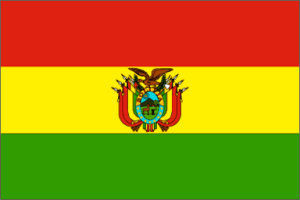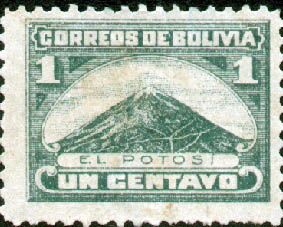

Potosi takes its name from "Potojchi" meaning thunder -- a reference to rumblings inside the nearby Silver Mountain. Silver was discovered in 1542 and the city was founded soon after. At 4100m, it wis one of the highest cities in the world.
This listing includes the towns of San Javier, Concepcion, Santa Ana, San Miguel, San Rafael, and San Jose. These towns are a development of Jesuit missions which were founded on the sites in the 17th and 18th centuries.
The huge sculptured rock, which dominates the town, is a relic from pre-Hispanic culture in the area.
The Noel Kempff Mercado National Park spans nearly 4 million acres in northeastern Bolivia in one of the most biologically diverse areas in the world. A remote wilderness rising from Amazon rain forests to spectacular cliffs and waterfalls, the Park harbors several hundred species of rare and endangered wildlife.

Joint listing with Argentina, Bolivia, Chile, Colombia, Ecuador, and Peru. This site is a network of roads constructed by the Incas over several centuries covering 30,000km and includes 273 component sites. The network links the snow-capped peaks of the Andes at an altitude of more than 6,000 m to the coast, running through hot rainforests, fertile valleys and absolute deserts.
Lynn Salmon <>{
Last updated: May 6, 2021